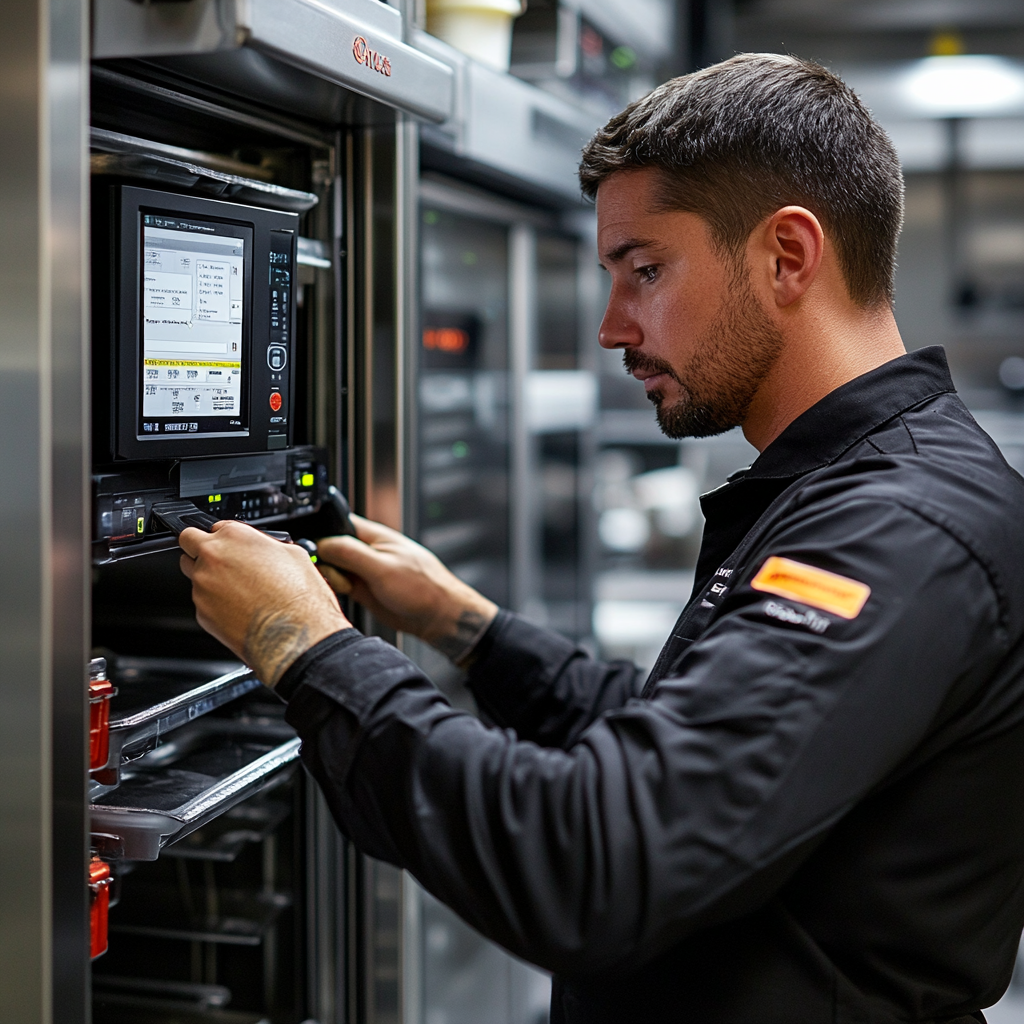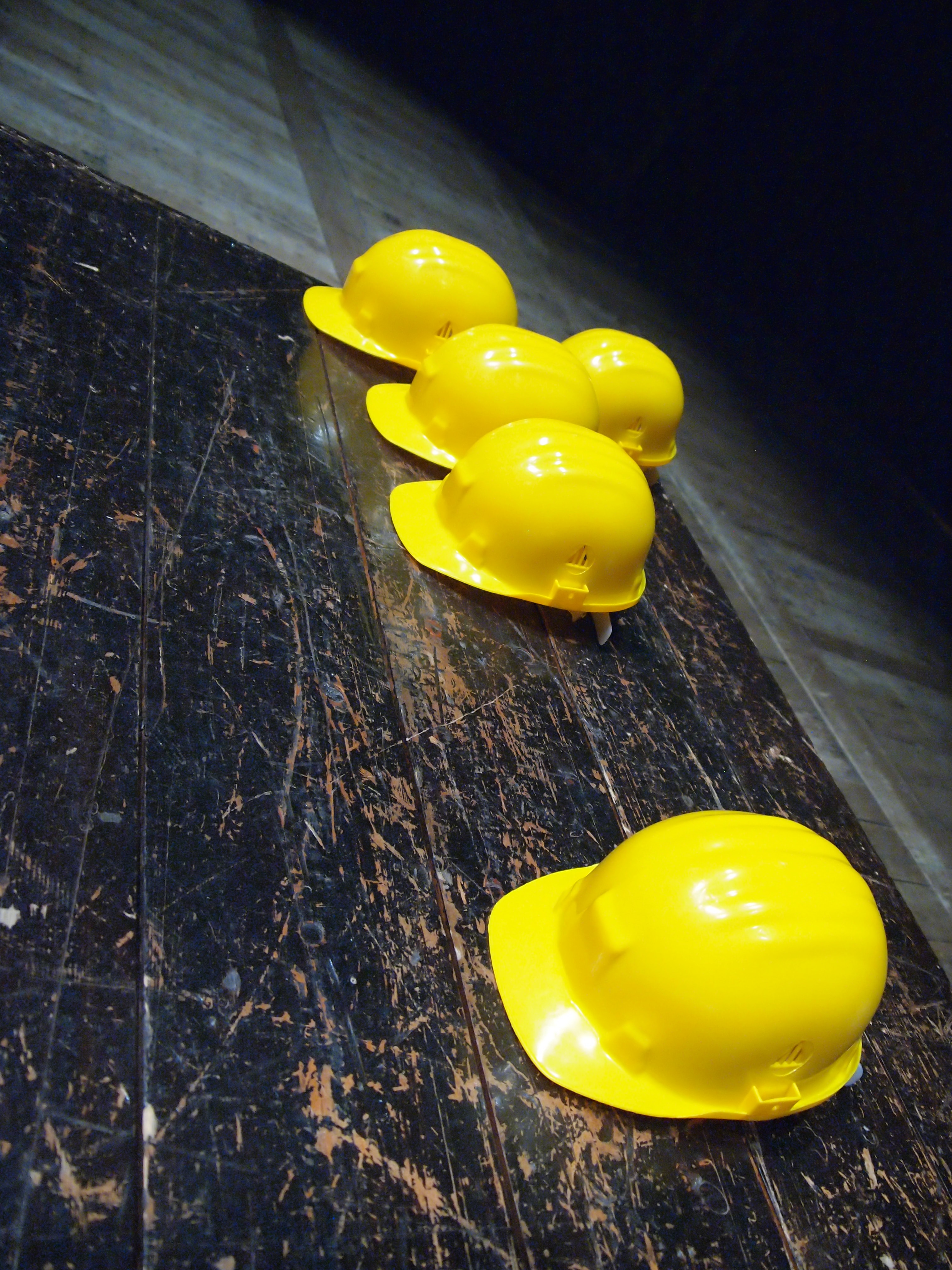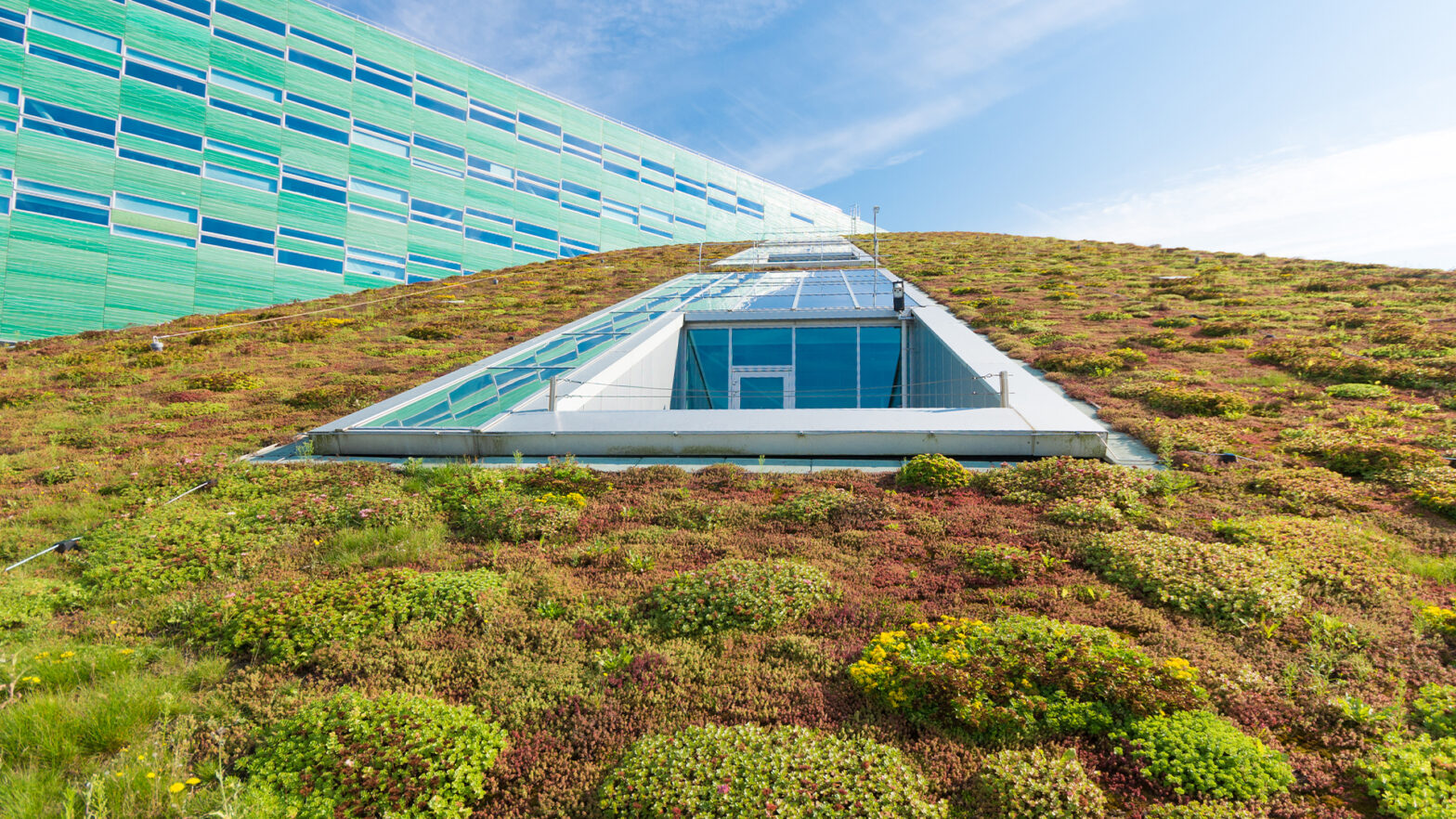When it comes to modern construction projects, few systems are as critical yet overlooked as commercial refrigeration. From restaurants to pharmaceuticals, the need for reliable walk-in freezer repair services has grown exponentially as businesses depend on these cold storage solutions. Planning for accessible walk-in freezer repair from the design phase can save thousands in emergency maintenance costs later.
The Cold Truth About Construction Planning
Temperature-controlled environments have become fundamental components in today’s building projects. Whether designing a hospital, restaurant, or research facility, refrigeration systems are no longer afterthoughts—they’re central infrastructure elements that require thoughtful integration.
Having visited hundreds of construction sites over the years, I’ve witnessed the same scene play out repeatedly: sophisticated HVAC systems receiving royal treatment while refrigeration gets relegated to “we’ll figure it out later” status. This oversight often leads to costly retrofits and emergency repairs that could have been avoided with proper planning.
Why Your Construction Project’s Success Might Depend on Cold Storage
Think of commercial refrigeration as the silent guardian of your building’s functionality. Like that friend who never brags but always comes through in a crisis, these systems quietly maintain critical temperatures while more glamorous building elements get all the attention.
Consider these crucial applications:
- Food service establishments where inventory preservation directly impacts bottom line
- Healthcare facilities storing temperature-sensitive medications and specimens
- Research laboratories maintaining sample integrity
- Data centers requiring precise cooling for server performance
- Agricultural storage extending product shelf life
Humor on Ice: When Walk-in Freezers Decide to Take a Day Off
We’ve all been there—that moment when you realize your walk-in freezer has decided to take an unscheduled vacation. Suddenly, you’re playing a high-stakes game of “how quickly can we transfer $50,000 worth of inventory before it resembles soup?”
As one restaurant owner told me, “I never truly appreciated my freezer until it broke down during our busiest weekend of the year. Now I have my repair technician’s number tattooed on my arm—right next to my wife’s name.”
Beyond the Frost: Integrating Smart Refrigeration into Modern Buildings
Today’s refrigeration systems have evolved far beyond the power-hungry boxes of yesteryear. Modern units incorporate:
- IoT sensors providing real-time temperature monitoring
- Predictive maintenance algorithms flagging potential issues before failures occur
- Energy-efficient components reducing operational costs
- Sustainable refrigerants minimizing environmental impact
- Remote diagnostics enabling faster troubleshooting
The Construction-Refrigeration Connection: What Every Project Manager Should Know
Refrigeration integration requires thoughtful planning similar to electrical or plumbing systems. Here’s what construction professionals should consider:
Space and Accessibility Requirements
Walk-in freezers need appropriate clearance not just for installation but for future servicing. Those extra inches around compressor units might seem wasteful during construction, but they become priceless during maintenance.
“I’ve seen technicians perform repair gymnastics in spaces that would make Houdini sweat,” notes one veteran contractor. “Proper access planning can turn a six-hour repair job into a one-hour fix.”
Power Infrastructure Considerations
Commercial refrigeration systems demand robust electrical infrastructure. Inadequate power planning leads to overloaded circuits, reduced efficiency, and premature equipment failure.
Drainage and Condensation Management
Nothing compromises building integrity faster than unmanaged moisture. Proper drainage solutions for defrost cycles and condensation removal protect surrounding structures from water damage.
The Refrigeration Lifecycle: Planning Beyond Installation
Like relationships, refrigeration systems require ongoing attention. The construction phase should account for the entire lifecycle:
- Regular maintenance access points
- Component replacement pathways
- System upgrade flexibility
- End-of-life removal strategies
Practical Advice: Avoiding the Cold Shoulder in Construction Projects
For construction professionals looking to better integrate refrigeration systems:
- Bring refrigeration specialists into planning meetings early
- Document precise requirements for power, space, and ventilation
- Create dedicated maintenance protocols during handover
- Consider future expansion needs in initial designs
- Implement monitoring systems that alert to potential issues before failure
Sustainability Considerations: The Cool Factor
Modern building projects increasingly prioritize sustainability, and refrigeration offers significant opportunities for environmental improvement. Today’s systems can incorporate:
- Heat recovery systems that capture waste heat for building use
- Natural refrigerants with lower global warming potential
- Variable-speed compressors that adjust power consumption to actual needs
- Advanced insulation technologies reducing energy requirements
Conclusion: Warming Up to Cold Storage Planning
Commercial refrigeration—particularly walk-in freezers—represents a critical system in modern construction that deserves greater attention during planning phases. By treating these components with the same consideration given to other building systems, construction professionals can deliver more functional, efficient, and trouble-free buildings to their clients.
As one seasoned facility manager put it: “In twenty years of operations, I’ve never heard anyone complain that their refrigeration system was too reliable or too easy to maintain.”
The next time you’re planning a construction project, remember that your building’s success might very well depend on how well you’ve integrated those unsung heroes keeping things cool behind the scenes.
































